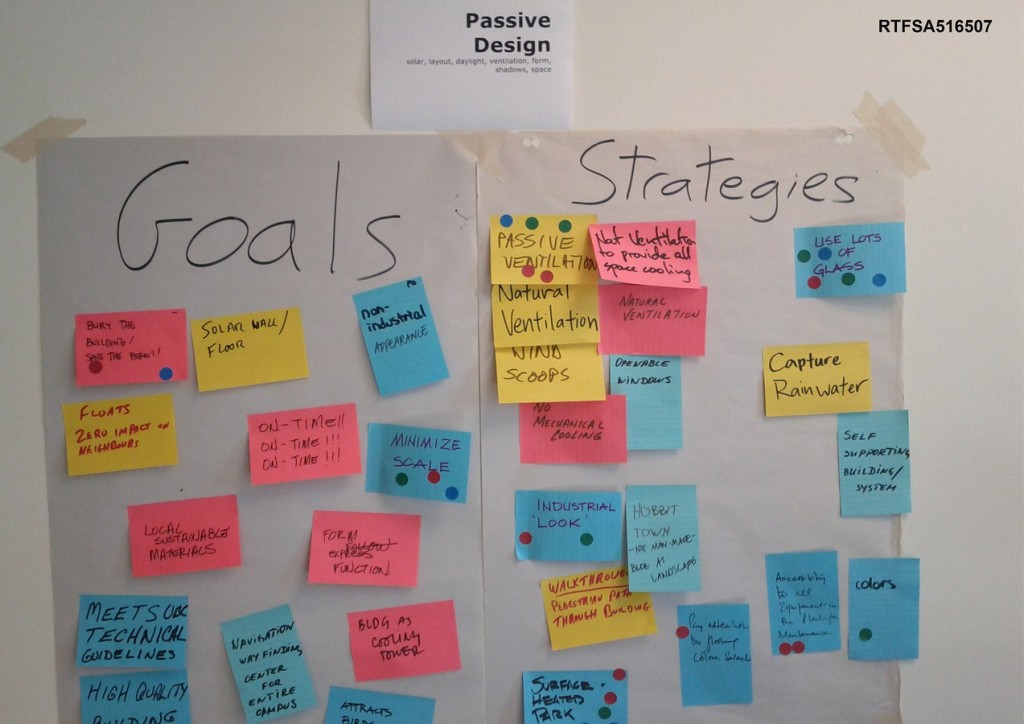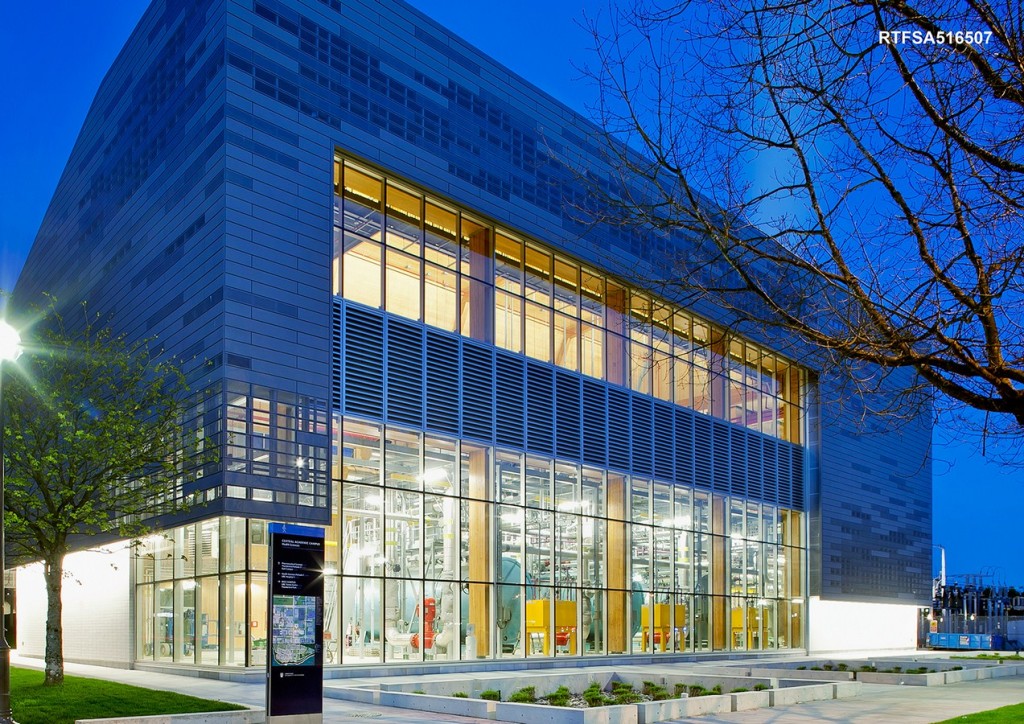As stewards of large public institutions, educators of future leaders, and active participants in the search for ideas and solutions that will shape our common future, universities have a critical role to play in advancing the sustainability agenda. The University of British Columbia is recognized internationally as a leader in sustainable innovation with a balanced focus on People, Place, and Process. Sustainability decisions are informed and guided by equal measures of ecology, economy, and expectations of society. The University made a commitment to reduce its greenhouse gas emission to 33% of its 2007 levels by 2015. The Campus Energy Centre, a new hot water heating plant and district hot-water loop replacing the existing steam boiler plant, is a major contributor to achieving this target of reducing its carbon footprint and associated carbon taxes.
Architect: Martin Nielsen
Country: Canada

The LEED Gold targeting facility was designed to further the reduction of greenhouse gas emissions as well as have the least environmental impact possible. The building utilizes 62.9% less energy than a baseline building of its type. This was achieved through massing strategies such as locating the tallest space above the boiler bays and a large area of louvers at the top of the west elevation to allow the plant to be cooled by natural ventilation whenever possible. Rather than air conditioning, the office spaces are heated by waste process heat and cooled with a high volume air distribution which reduces the amount of mechanical equipment and saves significant cooling energy.

Glulam beam and column construction along with structural cross-laminated timber walls and roof, instead of concrete or steel, greatly reduces the embodied energy of the plant and creates a warm and inviting interior. The wood structure has sequestered 30 tonnes of CO2. In terms of water, the building utilizes 31% less than the base case by installing low-flow fixtures and incorporates an integrated stormwater management system.
In addition to the functional requirements of the facility, there was a mandate for the Centre be a ‘living laboratory’. The site offered an opportunity to showcase the industrial side of the campus. The glazed skin of the boiler room provides views into the vaulted space of the process area, celebrating the energy centre’s function.

The Campus Energy Centre is a transformational project towards UBC’s long term target of eliminating the use of fossil fuels on campus by 2050, and advancing clean energy research.
Prev Post
Tree House | FRENTE arquitectura
1 Min Read
Next Post
Alexandra District Energy Utility | DIALOG
3 Mins Read





